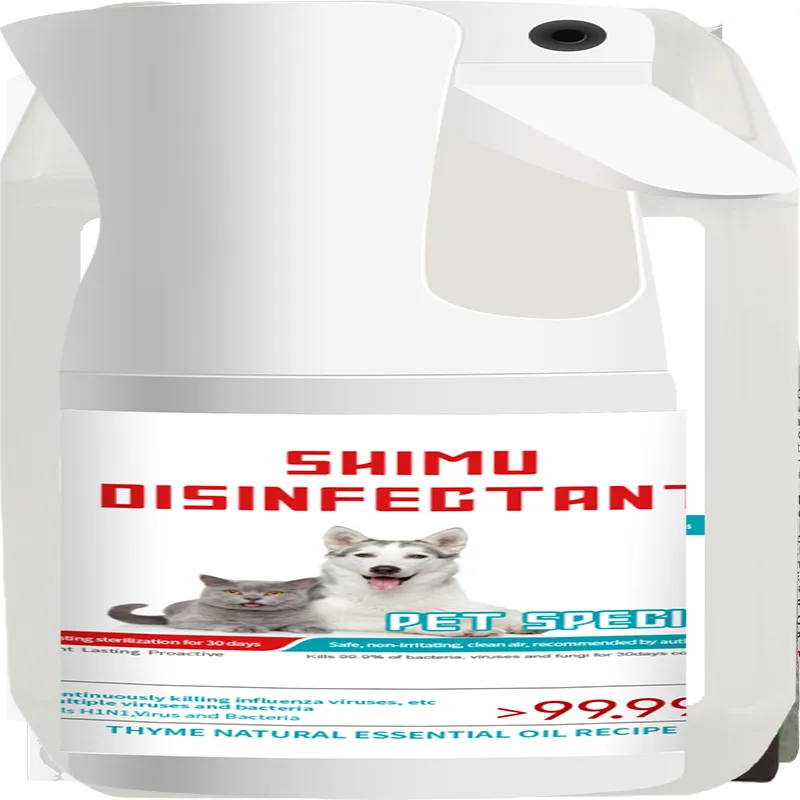Aug . 12, 2024 10:40 Back to list
Exploring the Role of Antitussive Medications in Managing Respiratory Health and Symptoms
Understanding Antiexpectorant Drugs Mechanism, Uses, and Considerations
Antiexpectorant drugs play a significant role in the management of respiratory conditions characterized by excessive mucus production. While most individuals are familiar with expectorants that help thin and expel mucus from the airways, antiexpectorants serve a different purpose. These medications are designed to suppress the cough reflex, thereby minimizing mucus clearance. Understanding how these drugs work, their uses, and considerations for their application can be crucial for effective treatment.
Mechanism of Action
Antiexpectorants primarily function by acting on the cough center in the brain, specifically in the medulla oblongata. The two main classes of antiexpectorant medications include opiate and non-opiate agents. Opiate antiexpectorants, such as codeine and hydrocodone, are effective at suppressing cough due to their action on the central nervous system. These drugs not only reduce the urge to cough but also provide some level of sedation, which can be beneficial in cases where cough interrupts sleep.
Non-opiate antiexpectorants, such as dextromethorphan, offer cough relief without the sedative effects associated with opiate drugs. They are available over-the-counter and are commonly found in various cold and cough formulations. The effectiveness of antiexpectorants depends on the underlying cause of the cough, and they are often prescribed when the cough is severe and disruptive but not productive in terms of clearing mucus.
Indications for Use
Antiexpectorants are generally indicated for the treatment of dry coughs caused by various respiratory illnesses, such as the common cold, influenza, or bronchitis. In these cases, the cough can be caused by irritation in the throat or lungs without the presence of significant mucus. By suppressing the cough reflex, antiexpectorants can alleviate discomfort and allow patients to engage in daily activities without persistent interruptions.
anti expectorant drugs

However, it is essential to differentiate types of coughs when considering antiexpectorants. In cases where mucus is present and a productive cough is necessary for clearing the airways, expectorants might be more appropriate. Using an antiexpectorant in such situations could lead to mucus build-up, potentially worsening respiratory conditions.
Considerations and Side Effects
While antiexpectorants can provide significant relief for dry coughs, they are not without their considerations. Patients should be aware of potential side effects, such as dizziness, drowsiness, or gastrointestinal disturbances, especially with opiate-based agents. Additionally, there is a risk of dependency when using opiate antiexpectorants, making it crucial for healthcare providers to monitor their use closely.
Special populations, such as pregnant or breastfeeding women, children, and the elderly, may require extra caution when prescribed antiexpectorants. Pediatric formulations of cough medicines are often adjusted for age and weight to ensure safety, and parents are encouraged to consult healthcare professionals before administering any cough medications to children.
Conclusion
Antiexpectorant drugs offer valuable relief for individuals experiencing dry and disruptive coughs. By understanding their mechanism of action, appropriate use cases, and potential side effects, patients and healthcare providers can make informed decisions about cough management. As always, consultation with a healthcare professional is recommended to determine the most suitable treatment options based on individual symptoms and health conditions. Proper use of antiexpectorants can enhance the quality of life for patients suffering from persistent cough issues, enabling them to breathe easier and return to daily activities.
-
Vital Solutions for Healthy and Productive SwineNewsJul.08,2025
-
Veterinary Powder Is VitalNewsJul.08,2025
-
Understanding Prescription Drugs for AnimalsNewsJul.08,2025
-
Understanding Poultry MedicineNewsJul.08,2025
-
The First Line of Defense in Animal HealthNewsJul.08,2025
-
Role of Veterinary Drug in Modern Animal HealthcareNewsJul.08,2025
Products categories







